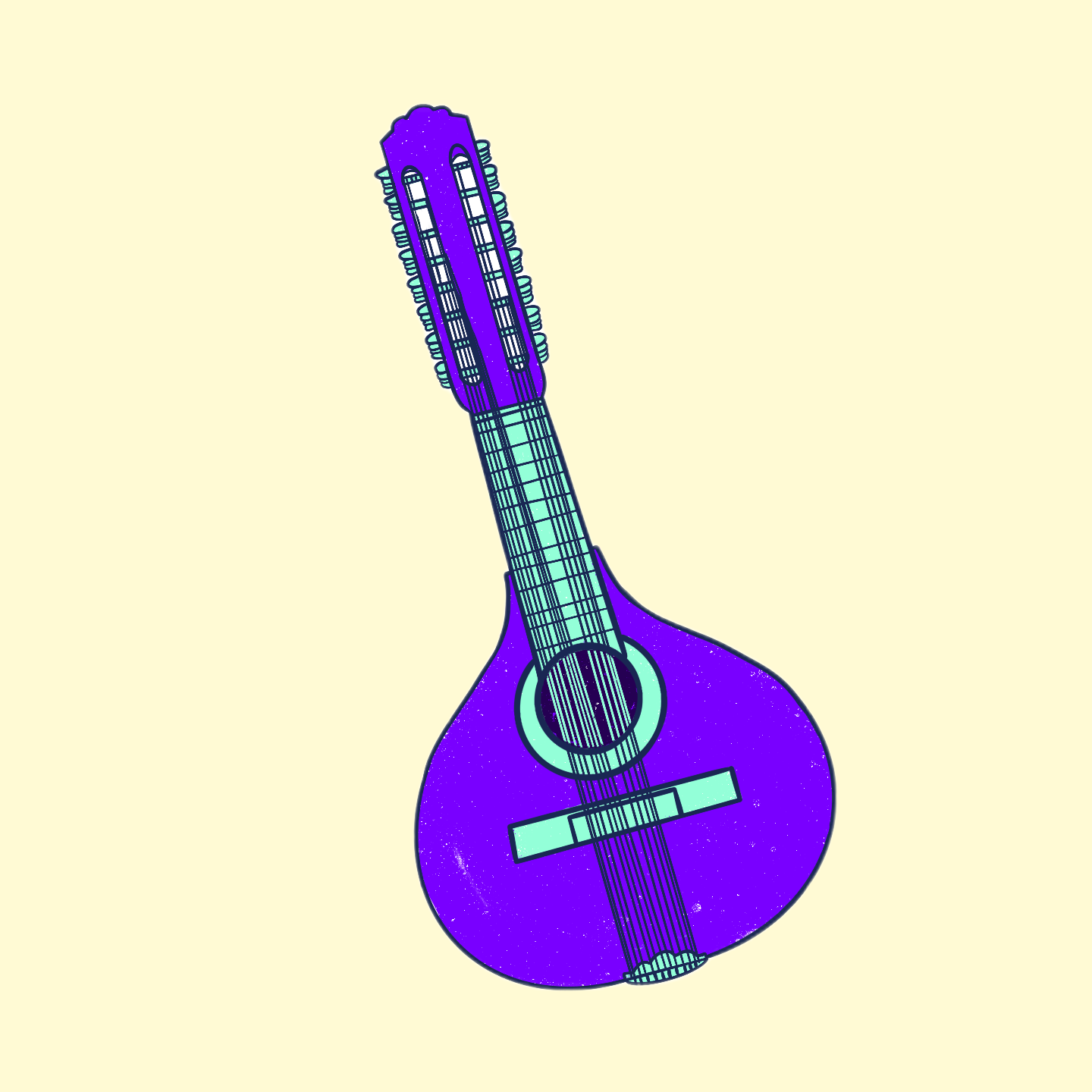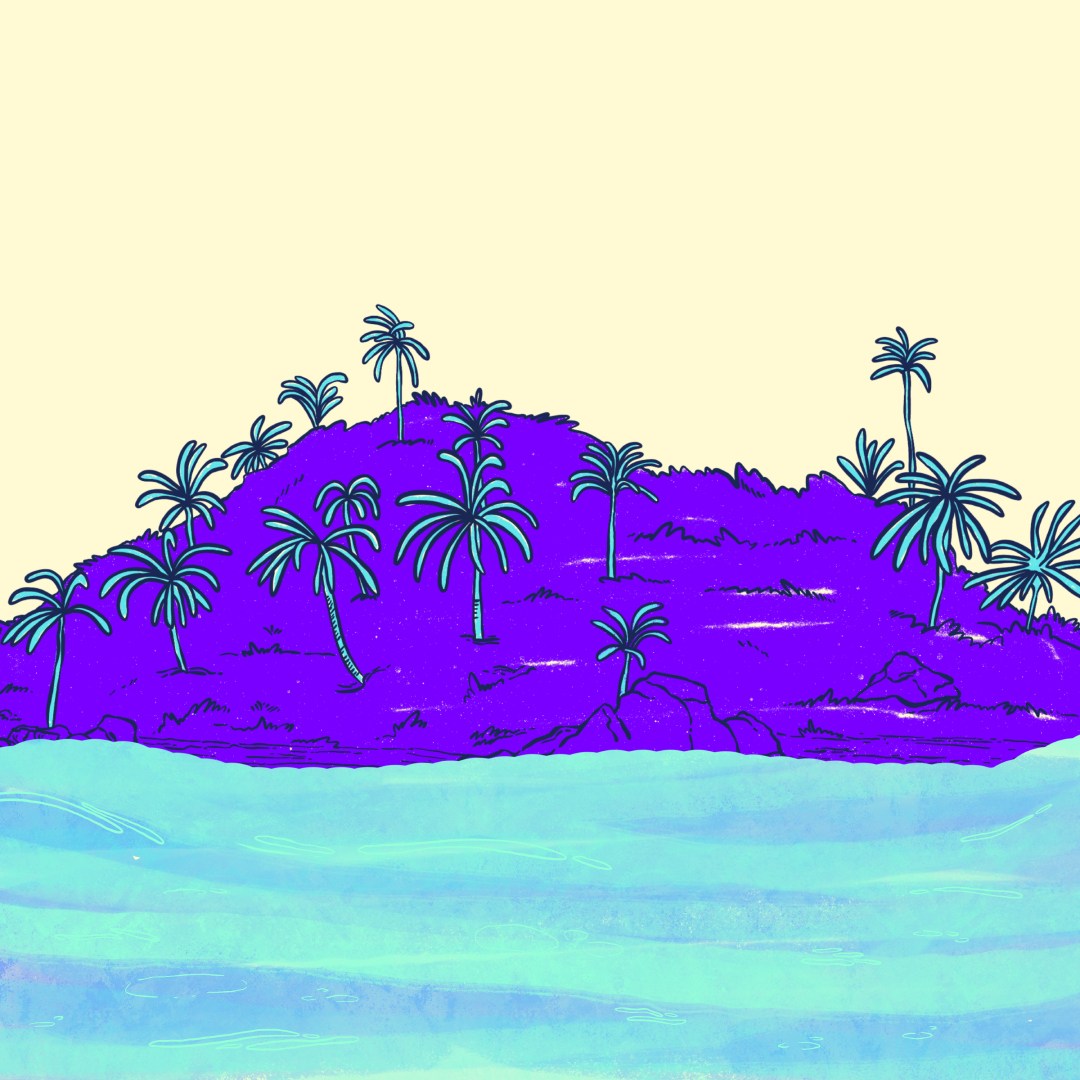The Untold History of the San Andres Islands
Staff writer Angieet speaks about the value of making local connections when traveling.
Article: Angieet
Illustrations: Hanna Ramirez
The indigenous "raizal" ethnicity has a 400 year history in the San Andrés Archipelago. Today their descendants, who are now of indigenous, European, and African heritage, have their own distinct lingual and spiritual influence on the community. Music and dance have been the cultural expressions that have most contributed to the island's character. The population enjoys genres like polka, mazurka, waltz, quadrille, and schottische. Sounds of the guitar, bandola, accordion, maracas, and occasionally, the violin, are not uncommon as you explore the island.
"But then, out of nowhere, houses started being built, and the cotton and orange fields started disappearing."
“I don't remember exactly what time it was, but what I do remember is that we were all at home when suddenly we started hearing very strong winds. We were very scared, but we managed to stay calm. The roof of the house across the street flew off. Part of the wall of the house collapsed because the sea-facing wall hit it with great force, creating [a] hole. It was a difficult night for all of us, but we always trusted in God. I remember that the next day, I couldn't open the door of my house because of all the sand that had accumulated at the entrance. With the help of some neighbors, I managed to get out. I'm very thankful that no one in my family was injured."



